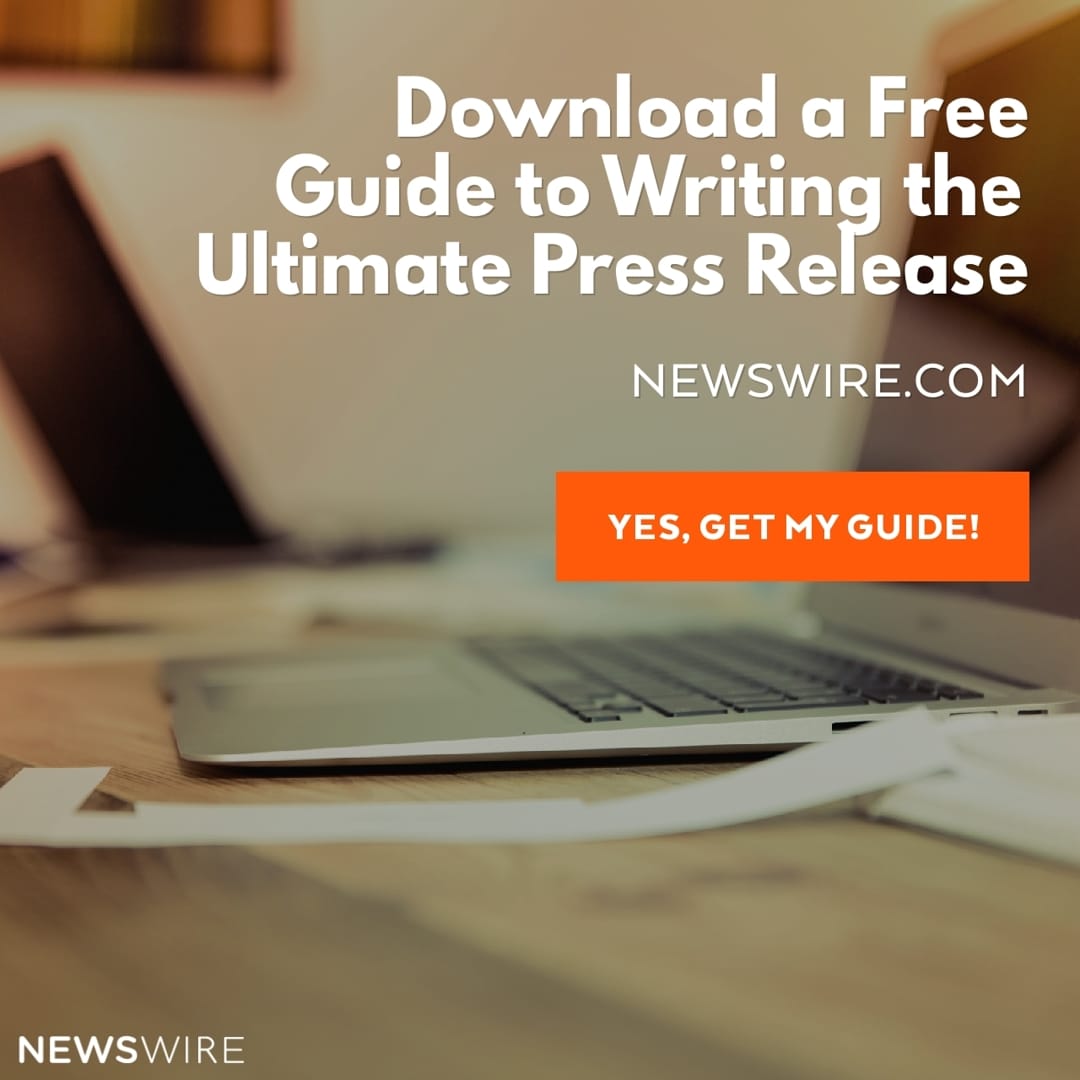
Things You Shouldn’t Say In A Press Release
There are a number of things you should say in a press release and a number of things you shouldn’t say. Knowing the difference can lead to greater media recognition.
What is a press release?
As the name suggests, a press release is designed to report important and useful information to the press, that is, journalists, top bloggers, and other media representatives.
Journalists are very busy people who are always on deadline. They are, therefore, almost always on the lookout for interesting information they know their target audience will love.
However, they are not obligated to give you a media pickup or try to help you sell your product by passing along your spammy content that is full of hype.
A press release is not an ad
Sales and marketing language in a product launch press release is a definite no. Avoid any language suggesting your product is “the best” or phrases such as “Buy Now”.
A press release must be newsworthy. Tell a good factual story about your new product and journalists will be interested in it and your brand as a whole. The more media attention you get, the more exposure and hopefully, the more sales, but never try to sell directly from the press release.
Alphabet soup
A lot of press releases use abbreviations without any explanation of the words. This means you often see headlines and sentences that look like this: “FDA and WHO weigh in on GMOs.”
Huh?
Translation: The Food and Drug Administration and World Health Organization offer their opinion on Genetically Modified Organisms.
If you are going to use the phrase Food and Drug Administration at least twice in the article, use it once in full, and put the abbreviation in parentheses: the Food and Drug Administration (FDA). After that, using FDA should be completely clear to the reader.
Too much jargon
In every niche or industry, there are words and phrases that are commonly used, but might not necessarily be known to journalists and ordinary people outside of the industry. In this case, it is important to avoid using too much jargon.
If you do have to use it, be sure to explain it briefly without writing an essay about it. Also make sure that words which might seem familiar but might be used in a different context are explained, as well.
For example, “The scientists will be studying the bachelors on the beach at Peel for the next six months.”
This might sound like some sort of study about relationships and romance until we are told that a bachelor is a young male fur seal. So your explanation prior to the sentence above might read, “Young male fur seals, referred to as bachelors, exhibit fascinating patterns of behavior that link directly to the success or failure of a colony.”
Use “you,” “we” or “I”, except if you are reporting a quotation.
A press release should be written in the third person singular or plural, that is:
He, she, it, they
“ABC Company has launched their all-new product designed to make cellphones more secure. The Phonelock app is now available on iTunes.”
You can use nouns and pronouns as well to avoid addressing the audience directly, or a strong verb: “Those interested in learning more can visit URL.”
“Visit URL for a free download.”
The only place where it is acceptable to use a first-person pronoun such as I or we is in a quotation. “We developed Phonelock to help smartphone users protect their valuable data from accidental loss or malicious hacking, and are proud to bring this cutting-edge app to market.”











